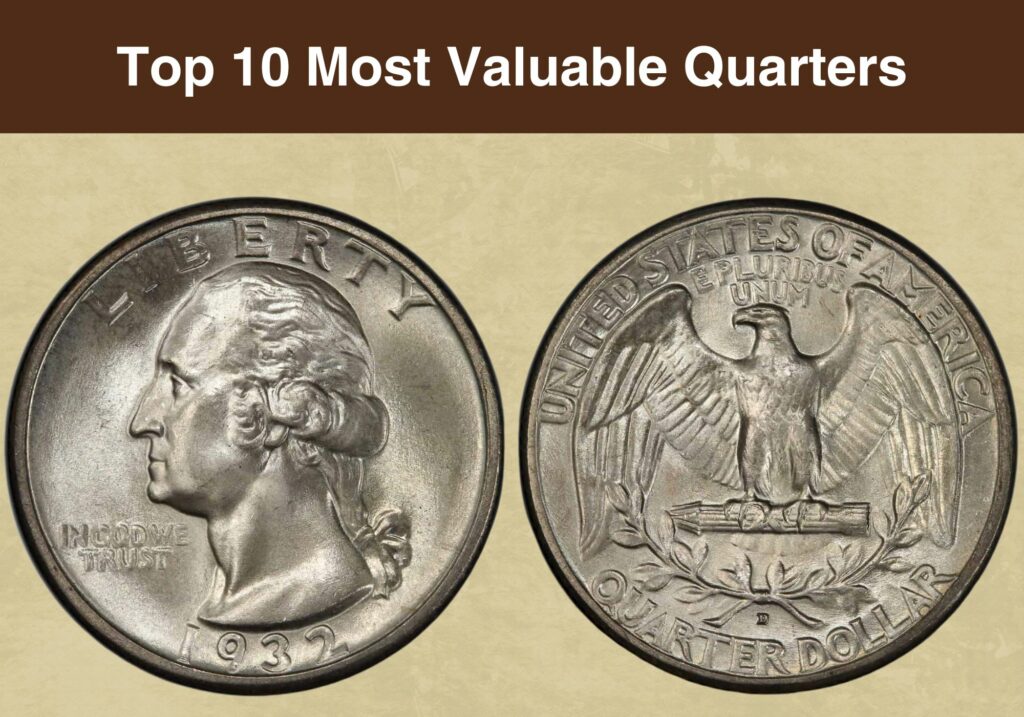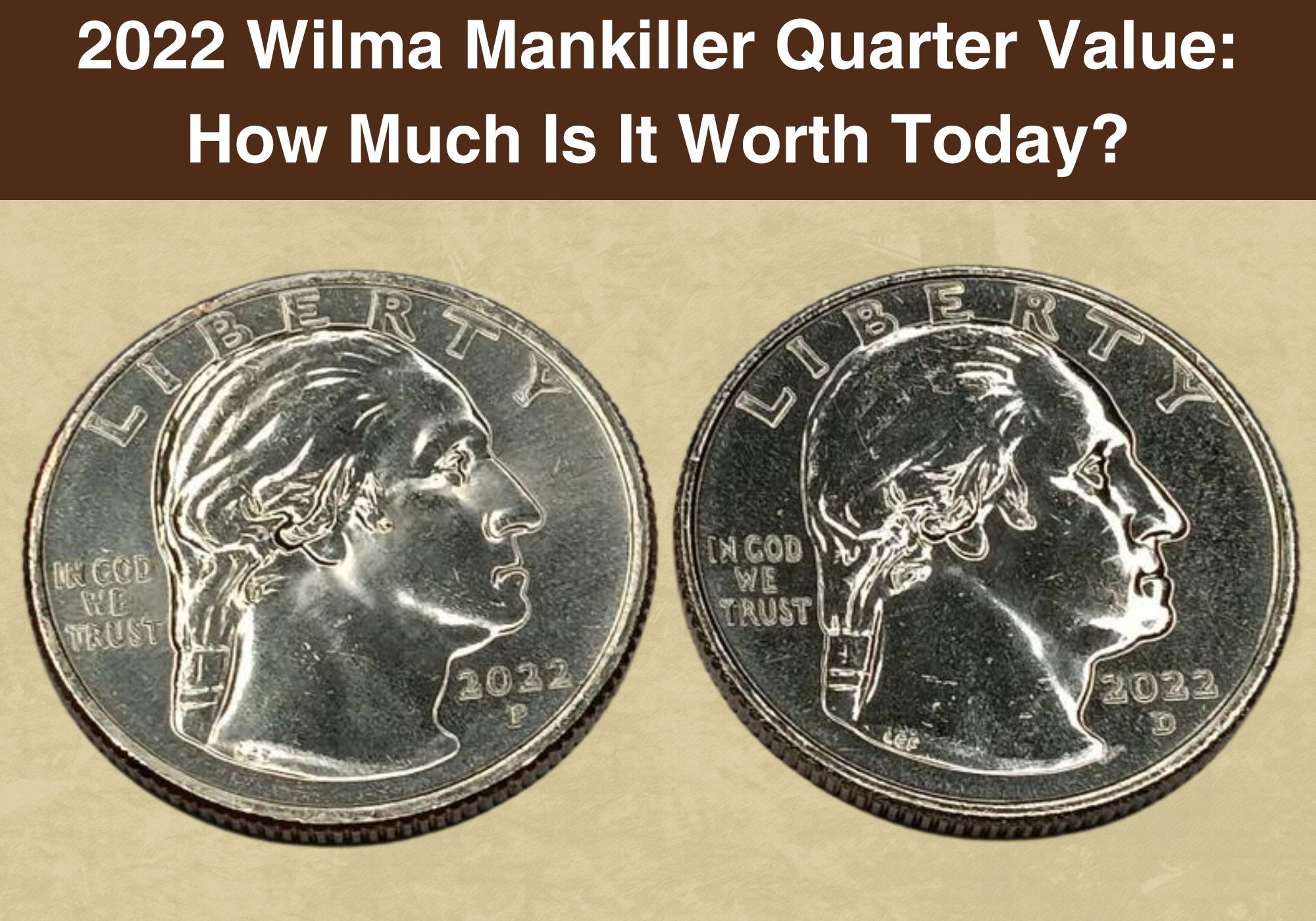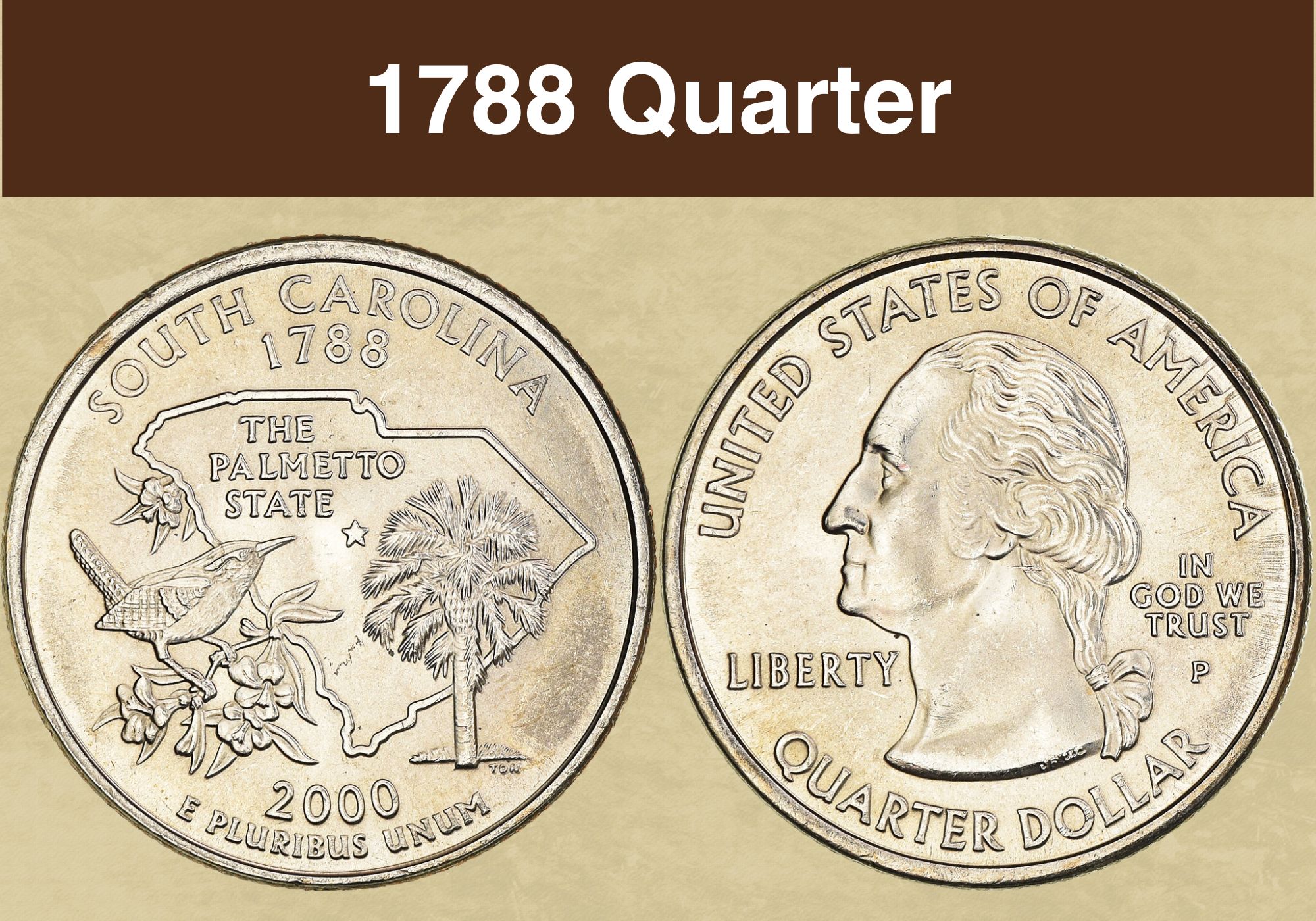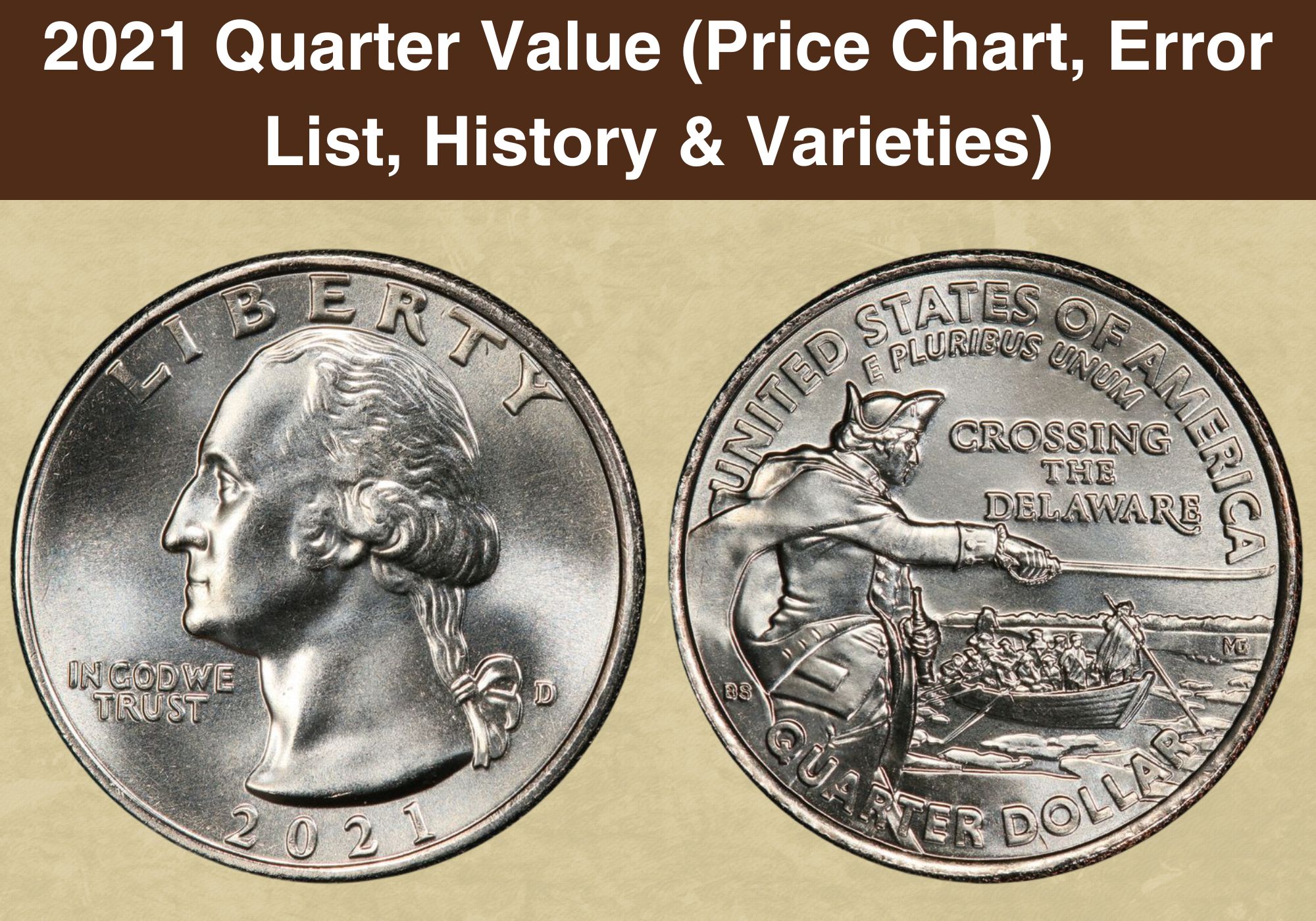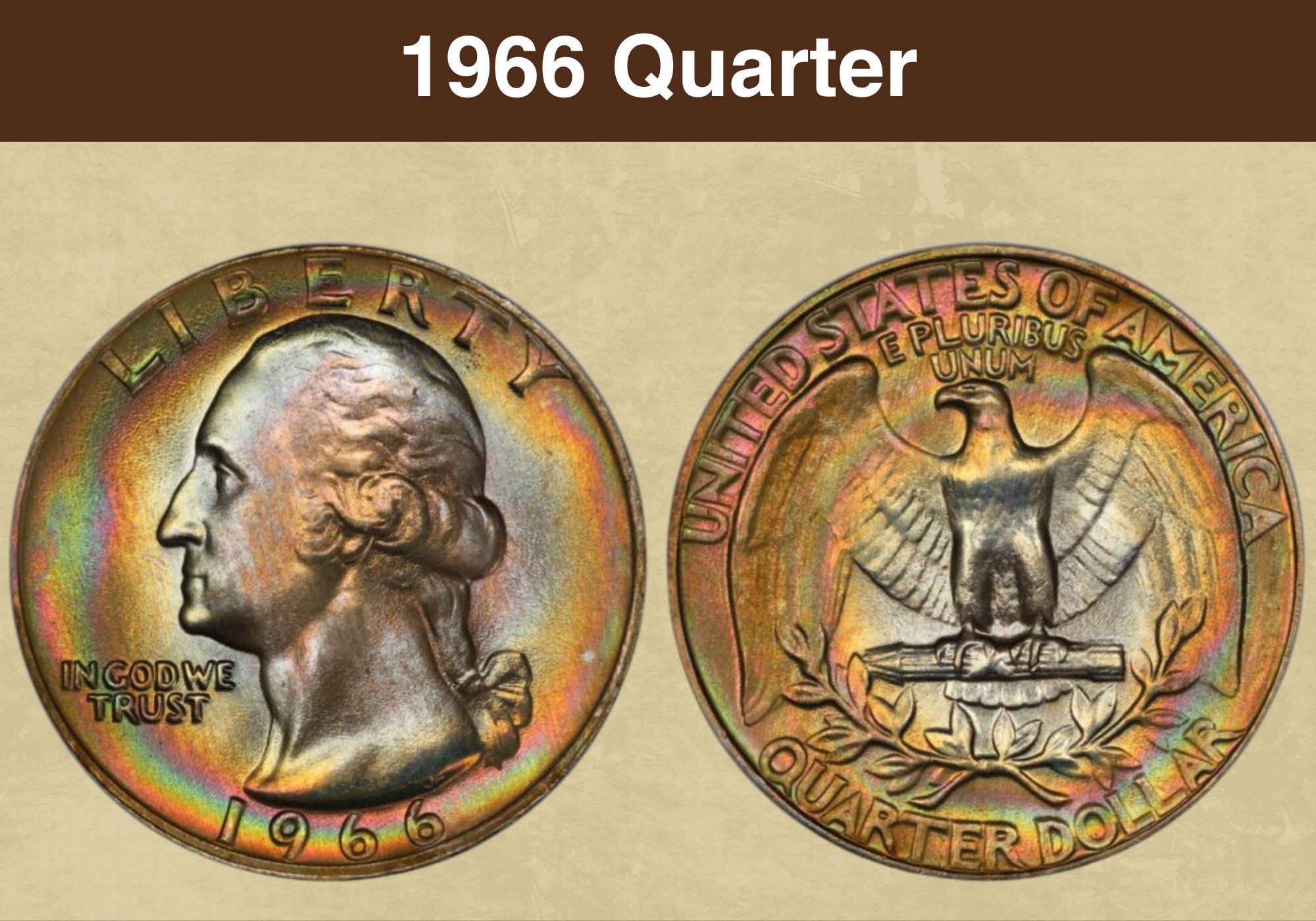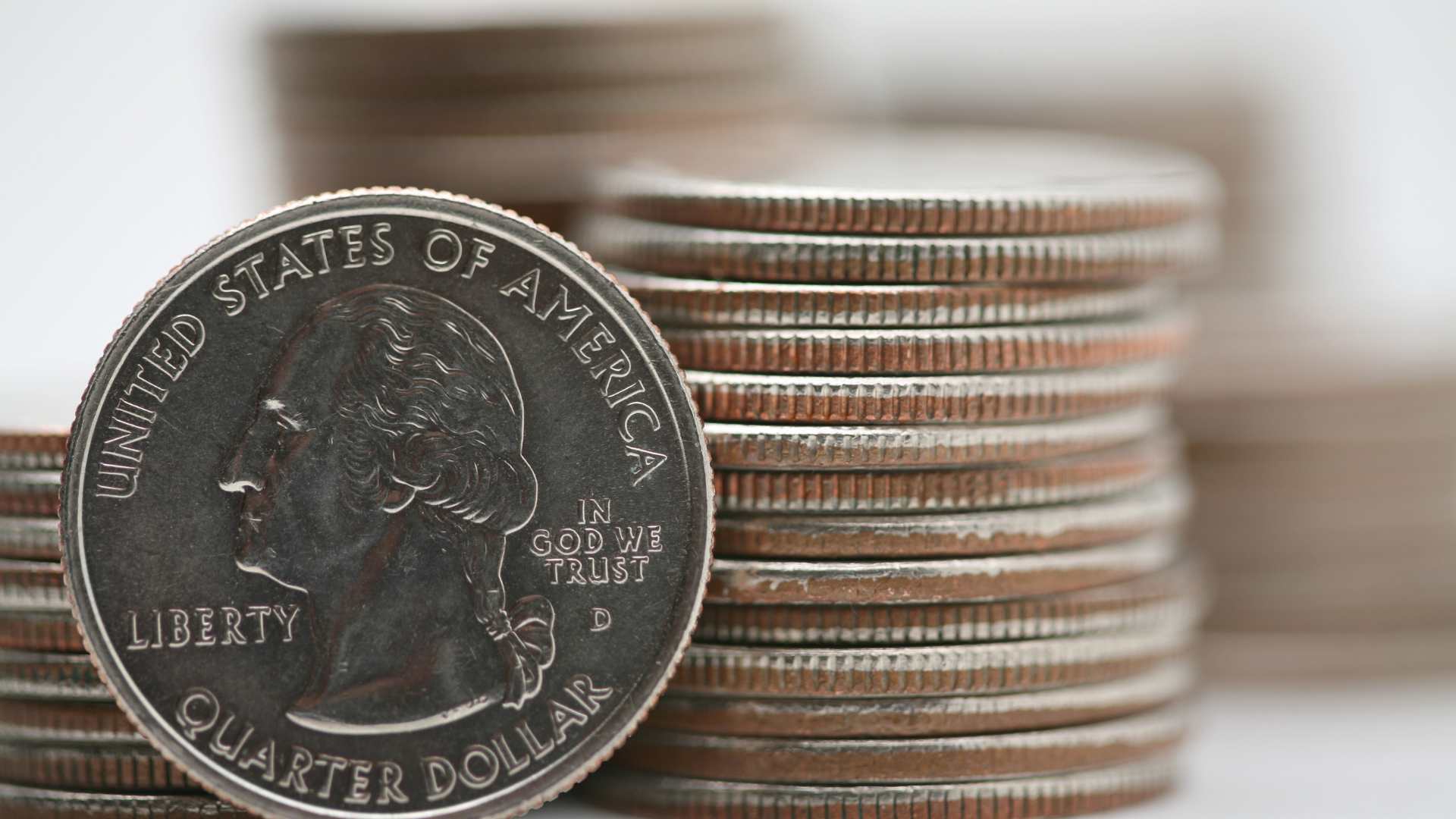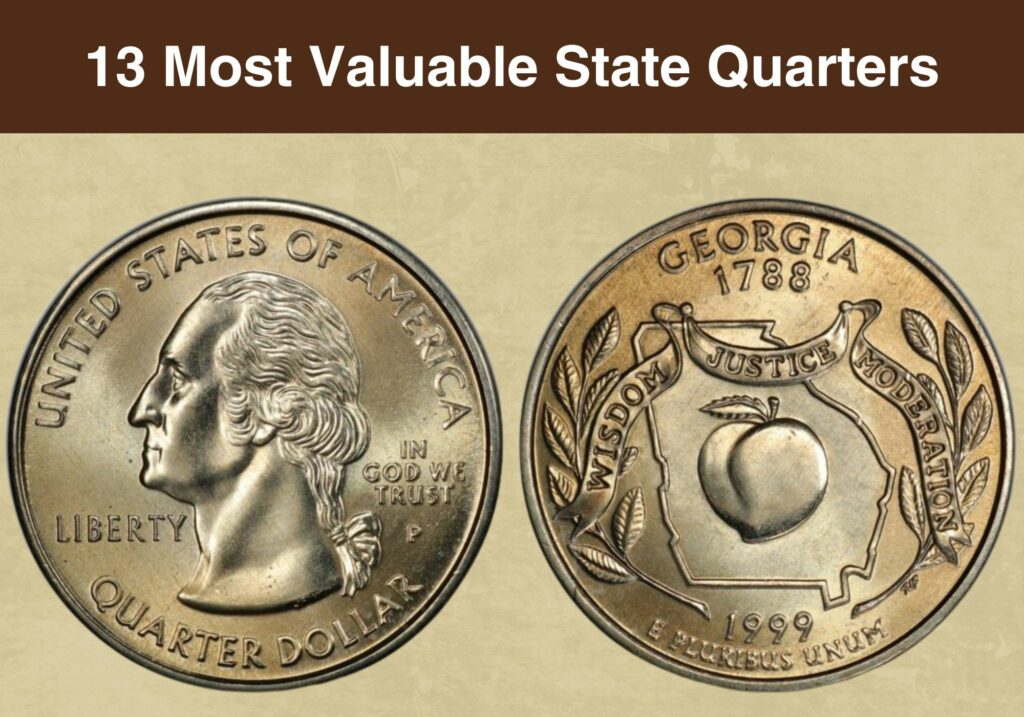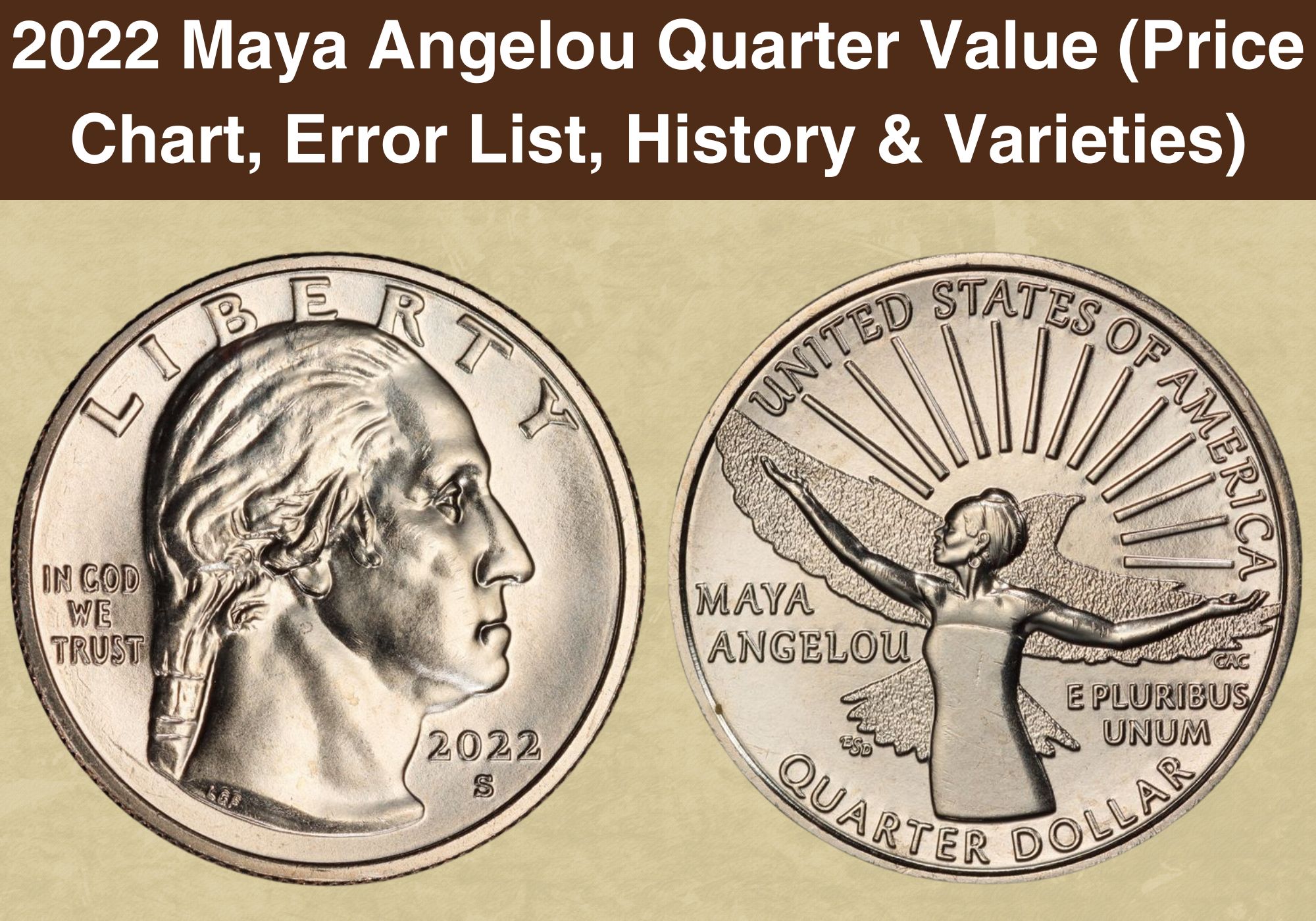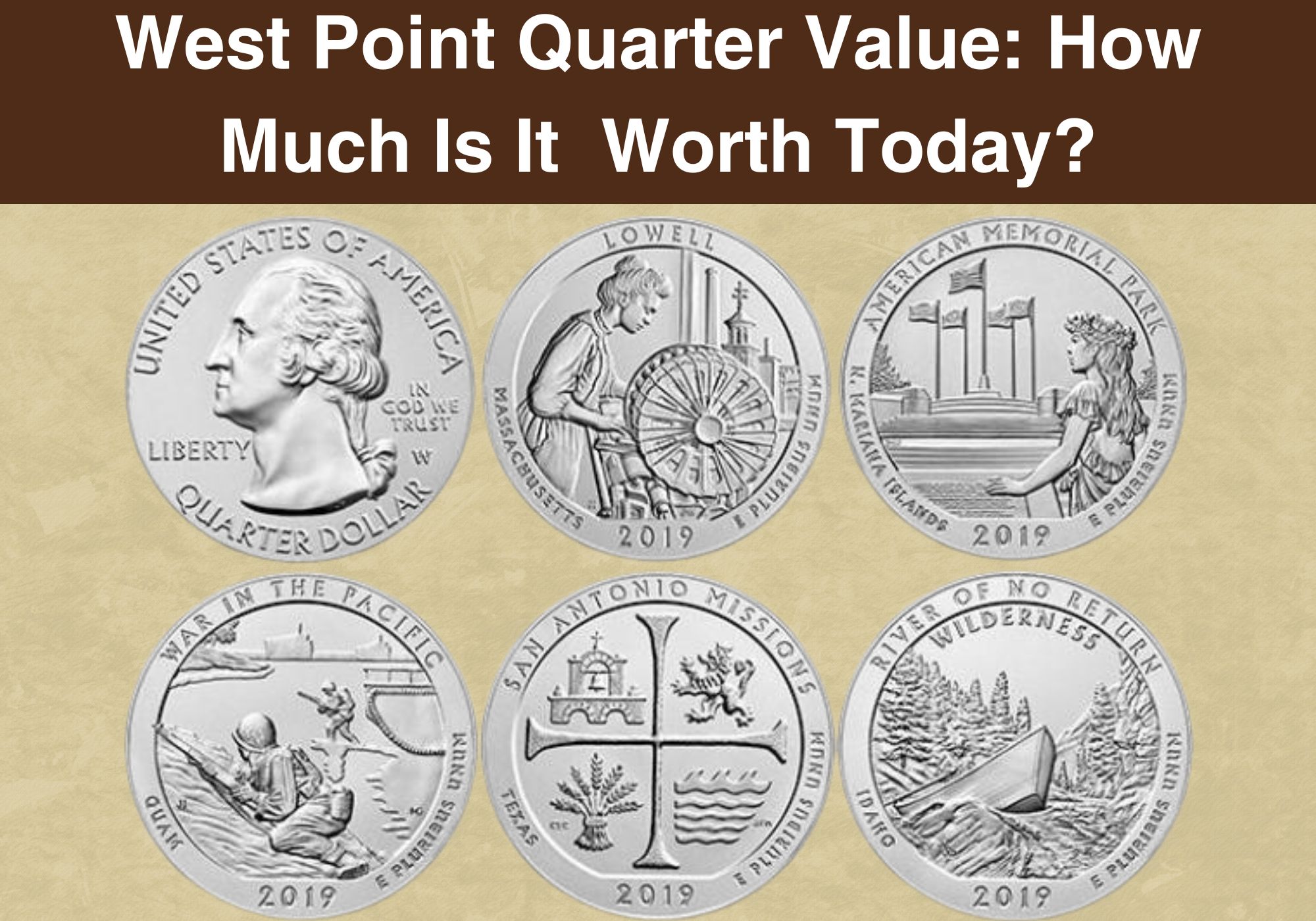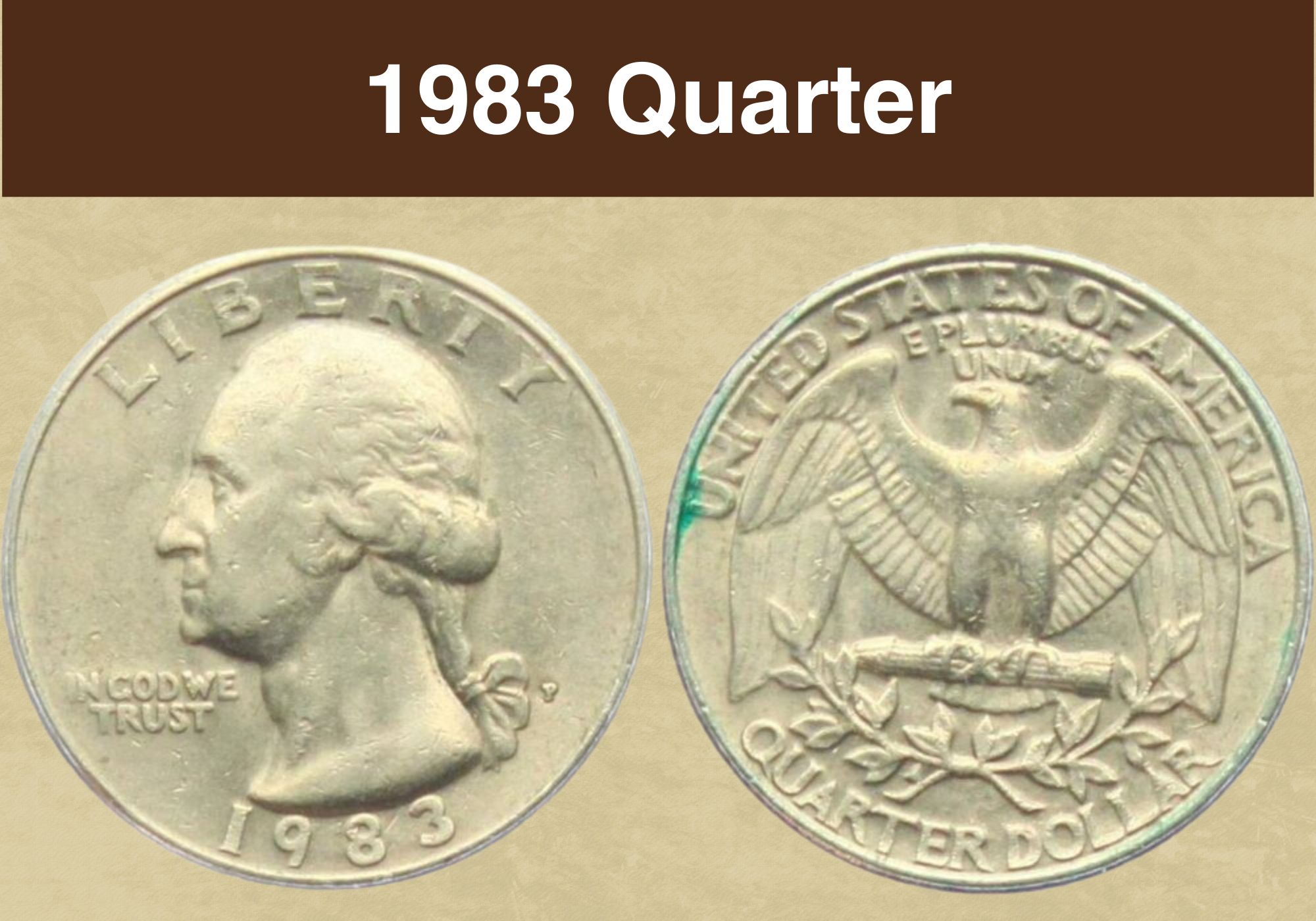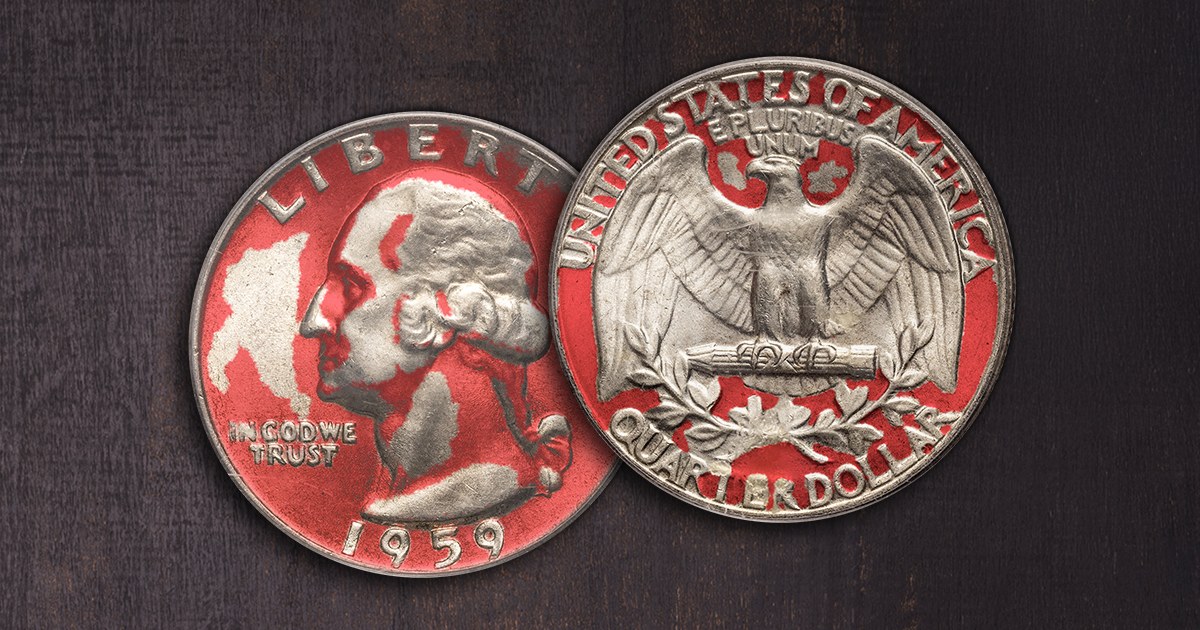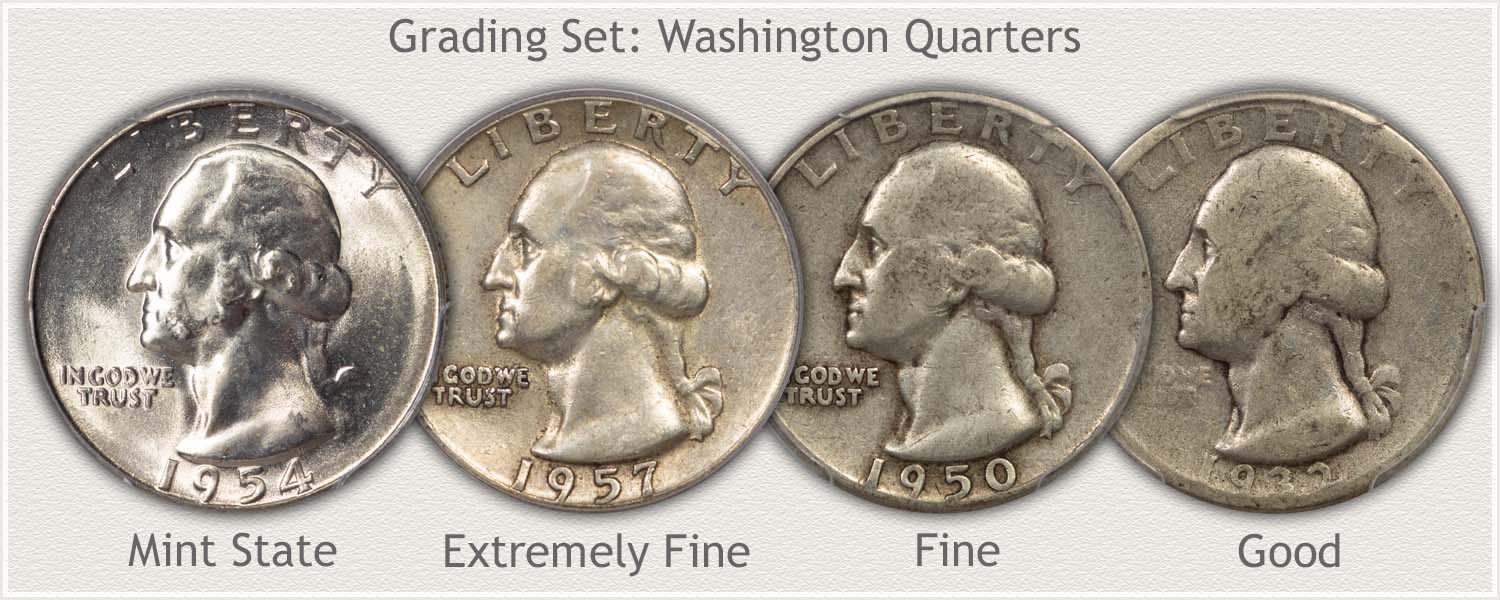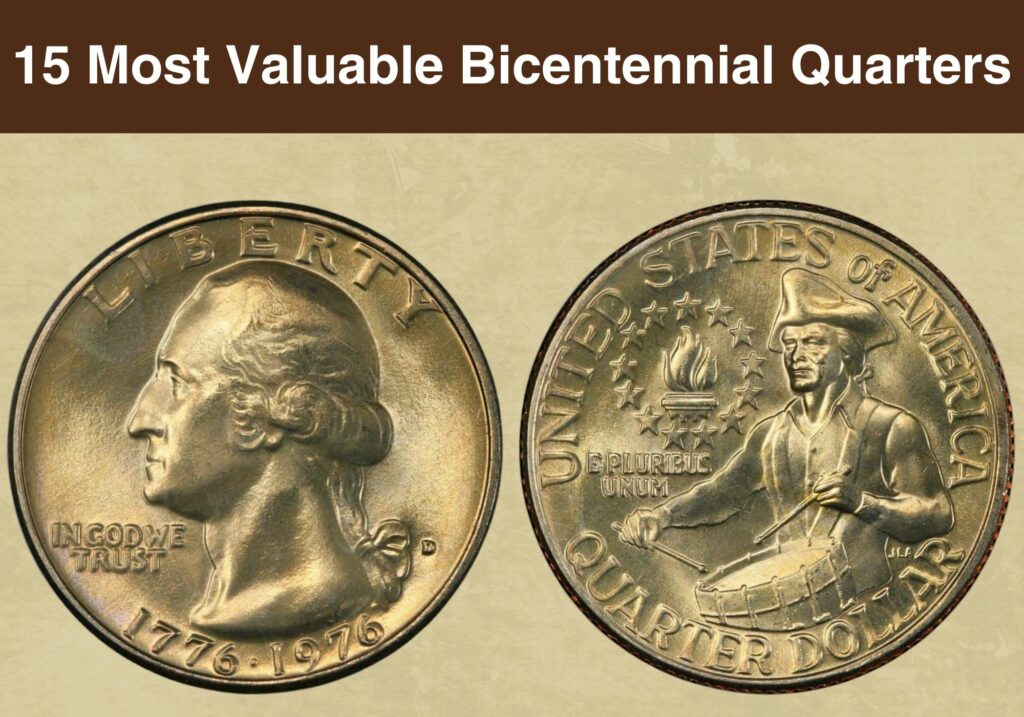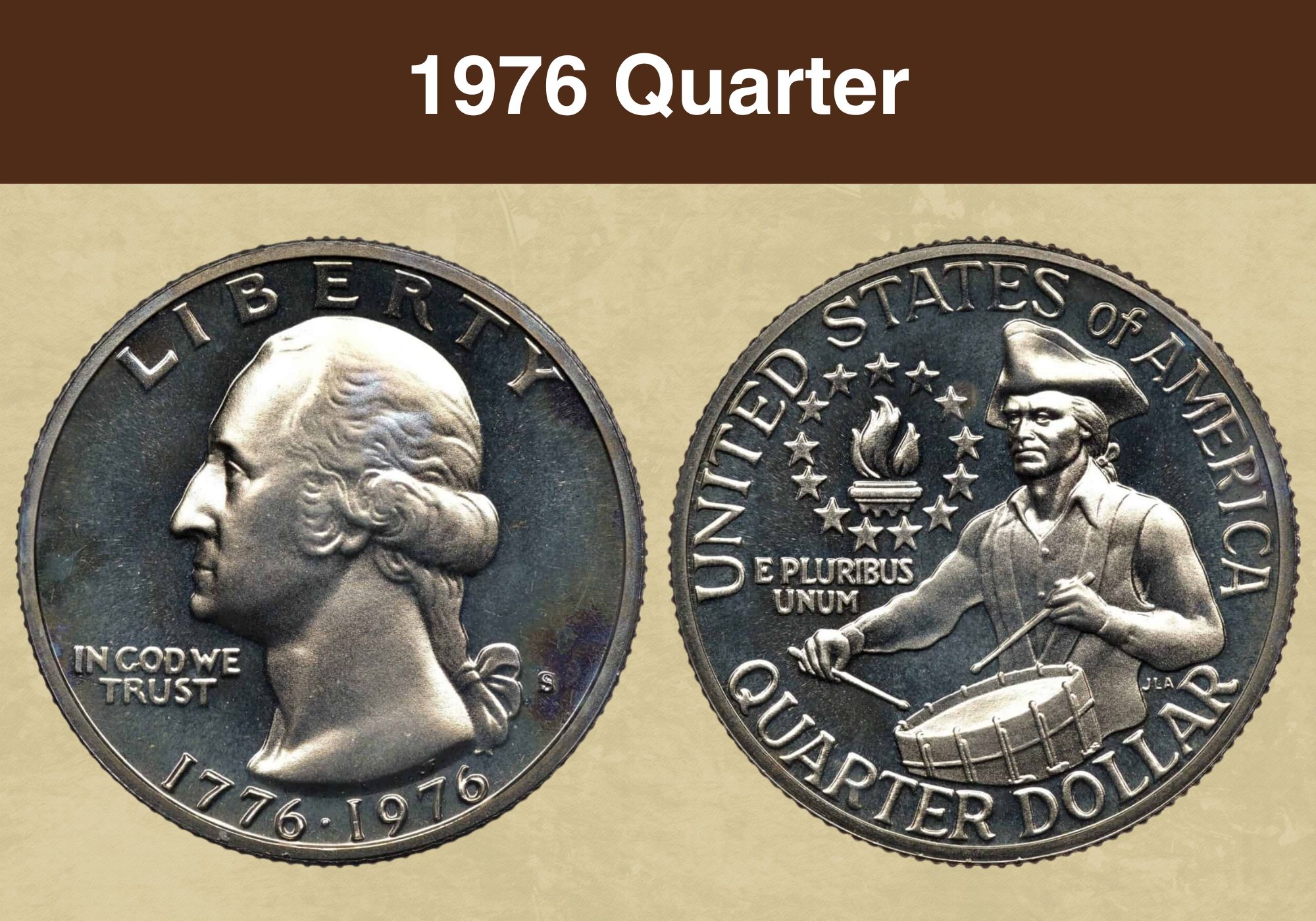How Much Is A Red Quarter Worth
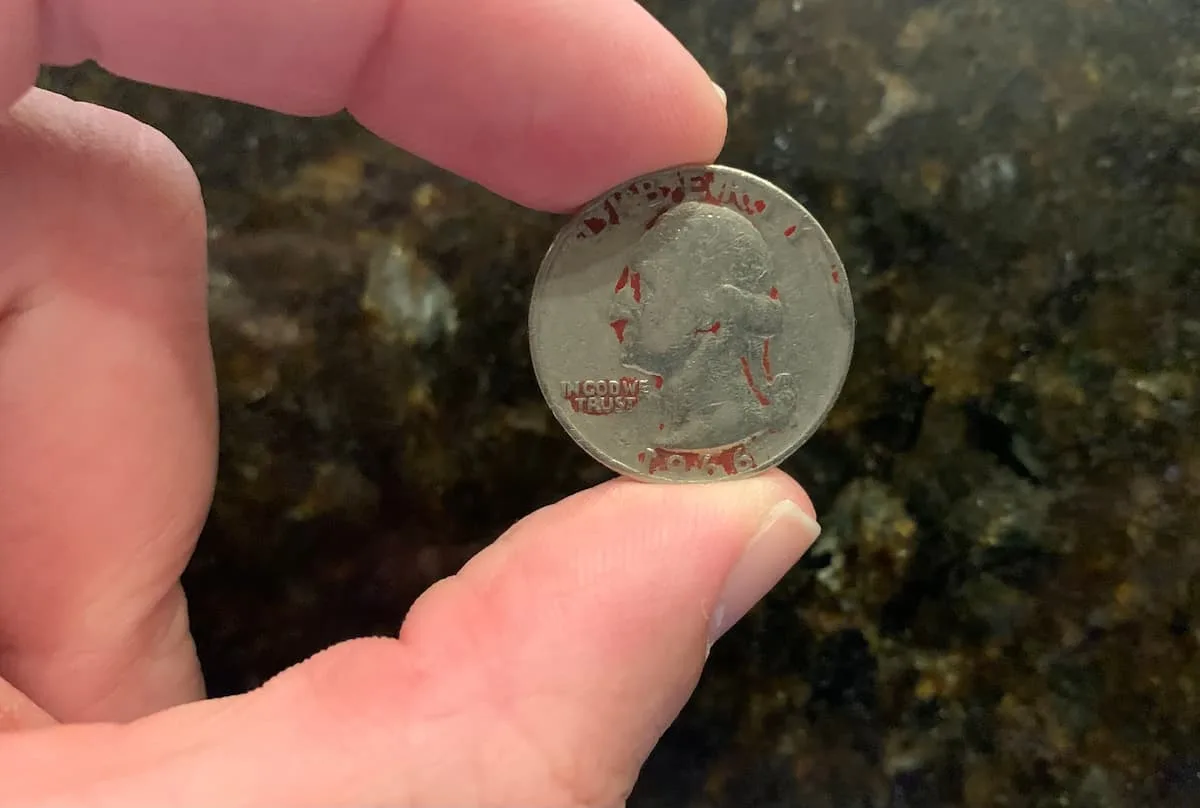
Imagine sifting through a jar of spare change, the metallic clinking a familiar soundtrack to everyday life. Sunlight catches a glint of copper-red, an unexpected splash of color amidst the silver sea. Is it a trick of the light, or have you stumbled upon something truly special?
The question of whether a red quarter holds significant value beyond its face amount is one that fascinates coin collectors and casual observers alike. While a purely red quarter circulating in modern currency isn't inherently valuable, the reasons behind its coloration and potential for minting errors can dramatically increase its worth.
The Allure of the Red Quarter
The fascination with a red quarter stems from the fact that U.S. quarters aren’t intentionally produced with a red hue. This naturally triggers curiosity and speculation.
Understanding Coin Composition
Modern U.S. quarters, since 1965, are composed of a clad metal, primarily copper and nickel. The outer layers are a mixture of 75% copper and 25% nickel, bonded to a core of pure copper. This composition generally results in a silver-colored coin.
So, where does the red come from?
The Copper Connection
The most common reason for a quarter to appear red is oxidation or environmental damage. When copper is exposed to air and moisture, it undergoes a chemical reaction that forms copper oxide, commonly known as tarnish.
This tarnish can range in color from a light reddish-brown to a dark, almost black patina, giving the quarter a distinct red or brownish appearance. Coins that have been buried, exposed to harsh chemicals, or simply left untouched in humid environments are prone to this type of discoloration.
Unfortunately, a red quarter caused by environmental factors usually decreases the coin's value. Collectors generally prefer coins in their original, uncirculated condition.
Minting Errors: The Rare Exceptions
While a naturally tarnished red quarter is generally not valuable, certain minting errors can create red-toned coins that command significant prices. These are exceptionally rare and sought after by serious collectors.
One possibility is a missing clad layer. If the outer layer of nickel-copper alloy is missing during the minting process, the exposed copper core will be visible. This would give the coin a reddish appearance across a significant portion of its surface.
Another potential error involves improper metal mixtures or issues with the annealing process, which is used to soften the metal before striking. If something goes wrong, a quarter might emerge from the mint with an unusual color or finish.
These error coins are incredibly scarce. Determining authenticity often requires expert evaluation from a reputable numismatist (coin expert).
Assessing the Value of Your Red Quarter
Before dreaming of riches, take a closer look at your red quarter. Consider these factors to determine its true worth:
Examine the Coin's Condition
A coin's condition is paramount to its value. Coins are graded on a scale from Poor (barely identifiable) to Mint State (perfect, uncirculated condition).
Even a rare error coin will be worth less if it's heavily worn or damaged. Seek professional grading from services like the Professional Coin Grading Service (PCGS) or the Numismatic Guaranty Corporation (NGC) to get an objective assessment.
Identify Potential Minting Errors
Look closely for signs of minting errors. Is there a missing clad layer, an unusual texture, or any other anomaly that deviates from a normal quarter?
Compare your coin to known examples of error coins. Online resources and coin collecting books can provide valuable information.
Consult a Coin Expert
If you suspect you have a valuable red quarter, consult a reputable coin dealer or numismatist. They can examine the coin under magnification, assess its authenticity, and provide an estimated value.
Beware of online scams. Always seek in-person evaluations from trusted professionals before selling any potentially valuable coin.
Examples of Valuable Quarter Errors
While not specifically "red," certain quarter errors serve as examples of how seemingly minor flaws can translate into substantial value. The famous 1970-S Proof Washington Quarter with a doubled die obverse (the front of the coin) can be worth hundreds or even thousands of dollars depending on its condition. The 2005-P Kansas State Quarter with the "In God We Rust" error (where a grease-filled die obscured part of the motto) is another example of a valuable variety.
These examples illustrate that the key to a valuable coin is rarity and the presence of a documented minting error.
Protecting Your Coins
Whether your red quarter turns out to be a valuable error or a common tarnished coin, proper storage is essential. Use acid-free coin holders or albums to protect them from further damage and preserve their condition.
Avoid cleaning coins, as this can often do more harm than good, potentially reducing their value.
The Broader World of Coin Collecting
The story of the red quarter highlights the fascinating world of coin collecting. What might seem like a mundane piece of change can unlock a captivating realm of history, artistry, and potential value.
Coin collecting can be a rewarding hobby. The journey of discovery and the thrill of finding a rare coin are experiences that appeal to collectors of all ages.
Final Thoughts
So, is that red quarter in your pocket worth more than 25 cents? The odds are, it's a common coin affected by environmental factors.
However, the possibility of discovering a rare minting error is always present, adding a touch of excitement to the simple act of handling pocket change. Remember to inspect closely, consult experts, and most importantly, enjoy the fascinating world of numismatics.

